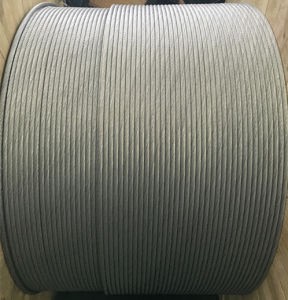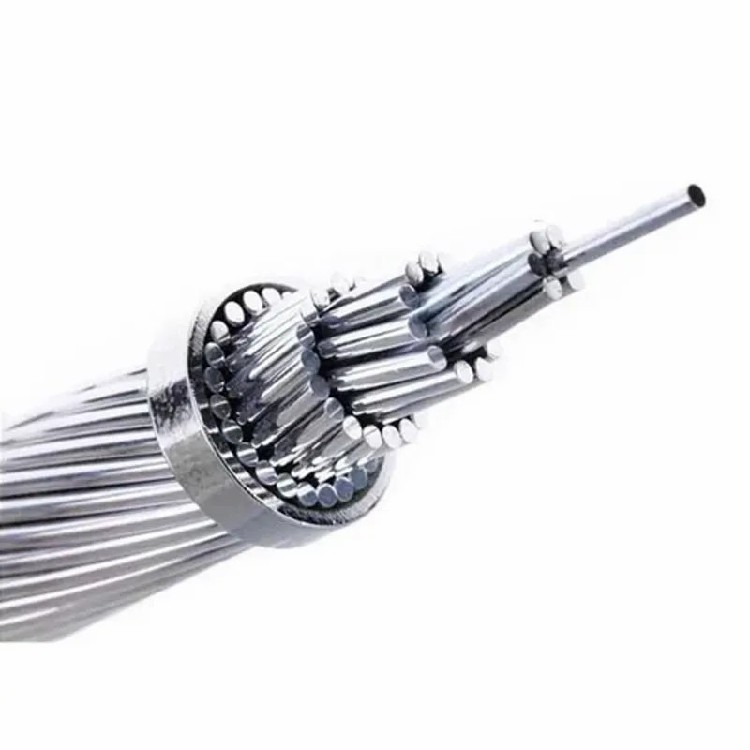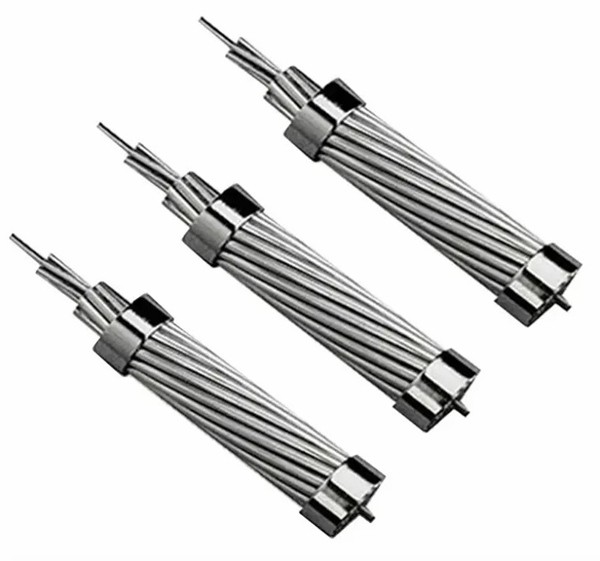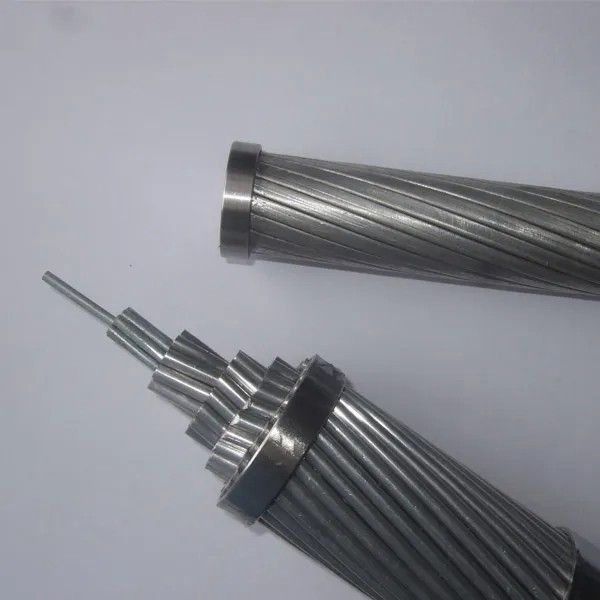Exposed high-voltage wires and high-voltage power supply cables
Product description
While often hidden from plain sight, high-voltage power cables are the silent, robust arteries of our electrical grid. They form a critical network that transmits vast amounts of electricity over long distances, efficiently connecting power generation plants—be they hydroelectric dams, wind farms, or nuclear facilities—to the cities and industries that consume that energy. Their design and operation are feats of modern engineering, balancing immense electrical stresses with the demands of reliability and safety.
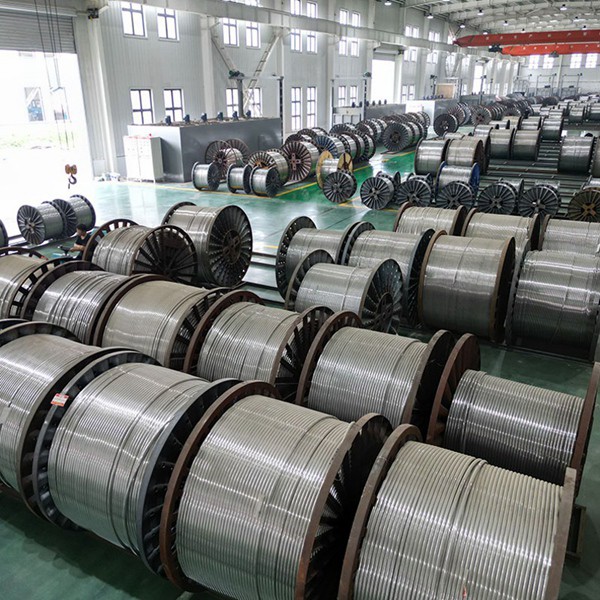
The Core Purpose: Efficiency Over Distance
The primary reason for using high voltage, often exceeding hundreds of thousands of volts (AC or DC), is to drastically reduce electrical losses during transmission. According to Joule's law, power loss in a cable is proportional to the square of the current (P_loss = I²R). By stepping up voltage, the current for a given amount of power is reduced. This lower current minimizes the energy lost as heat, making the entire grid more efficient and sustainable.
Anatomy of a High-Voltage Cable
A typical high-voltage cable is a sophisticated multi-layered system, far more complex than a simple wire:
Conductor: At its heart is the conductor, usually made of high-purity copper or aluminum. These metals offer excellent electrical conductivity. For higher capacities, the conductor is often stranded—made from multiple wires twisted together—to provide flexibility and reduce the "skin effect," where alternating current tends to flow on the outer surface of the conductor.
Insulation: This is the most critical component. The insulation must withstand tremendous electrical stress, preventing any current from leaking out. Cross-linked polyethylene (XLPE) has become the industry standard for modern cables, replacing older oil-impregnated paper insulation. XLPE is robust, has excellent dielectric properties, and is lighter and easier to handle.
Semiconductor Layers: Sandwiched between the conductor and the insulation, and surrounding the insulation itself, are special semiconductive layers. These smooth out the electrical field, preventing irregularities and concentrations of stress that could prematurely degrade the insulation and lead to failure.
Metallic Screen/Shield: A conductive layer, typically copper or aluminum, surrounds the insulation. It serves two key purposes: it confines the electrical field within the cable and provides a path for fault current (e.g., in case of a lightning strike) to safely flow to ground, protecting both the cable and personnel.
Outer Sheath: The final layer is a tough, protective jacket made of materials like polyethylene (PE) or polyvinyl chloride (PVC). It shields the internal components from mechanical damage, moisture, chemicals, and environmental factors like sunlight.

Installation and Environmental Considerations
High-voltage cables can be installed overhead on massive steel towers (transmission lines) or buried underground. Each method has trade-offs. Overhead lines are less expensive to install and easier to maintain but are vulnerable to extreme weather and have a visual impact on the landscape. Underground cabling is more resilient to weather, aesthetically preferable, but comes with a significantly higher installation cost, greater technical challenges for heat dissipation, and more complex repair processes.
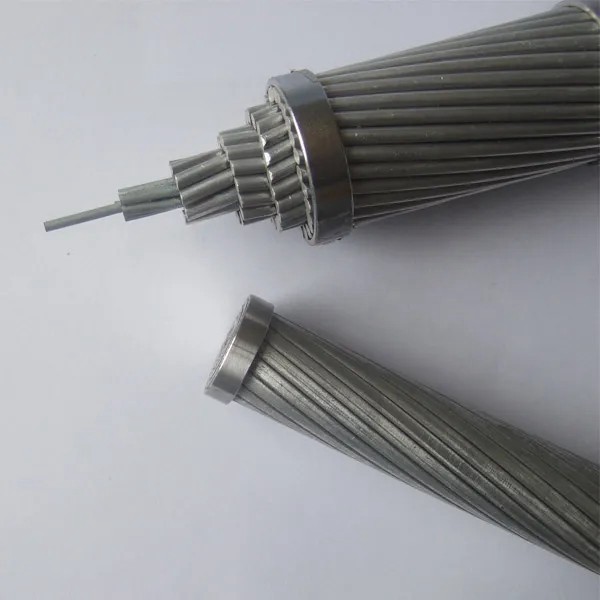
The Future of High-Voltage Transmission
As the world pushes for a clean energy transition, the role of high-voltage cables is becoming even more vital. They are the key to unlocking remote renewable resources, such as offshore wind farms, and connecting disparate grids to enhance stability and allow energy trading. Technological advancements continue, particularly in High-Voltage Direct Current (HVDC) transmission, which offers even lower losses over extremely long distances, and in developing new superconducting materials that could potentially revolutionize power transmission in the future.
In conclusion, high-voltage power cables are not merely passive wires; they are highly engineered components essential for the stability, efficiency, and growth of our modern electrified world. They quietly enable our daily lives, powering everything from homes to hospitals to the digital infrastructure we increasingly rely on.
Recommended products
